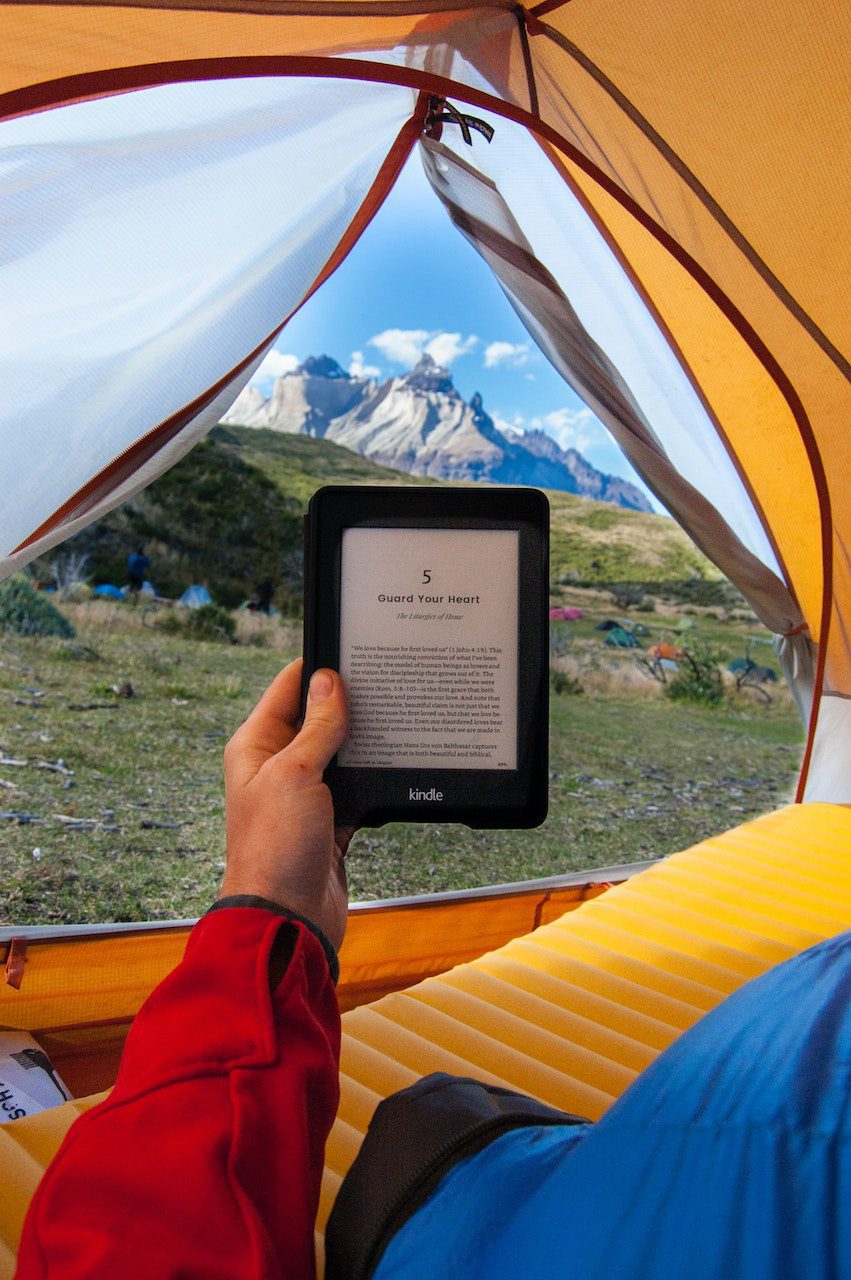Fork And Spoon Vs Spork Backpacking:
Getting the right backpacking gear can be challenging, especially if you are a beginner. I know I had a tough time on my first backpacking trip. Boy, did I wish I had my backpacking gear guide before that one.
A common question new backpackers have regarding their cooking setup is whether they should use a fork and spoon vs. spork when backpacking. Let me clear this up right now. A spork should be your utensil of choice when backpacking. I honestly can’t even fathom a situation where I would elect to bring a fork and spoon over a spork on a backpacking trip. It’s preposterous. Sporks are the most versatile utensils on planet earth. Why add extra weight and things to carry when you could bring a spork?!
If you don’t have one yet, just click here and grab one. Sporks are super cheap, lightweight, and functional.
But if you aren’t convinced by my rant yet, let us jump into our two options and weigh the pros and cons.

Using A Spoon And A Fork For Backpacking:

The problem with using a spoon and fork is that there is no use in having both with you on a backpacking trip. No matter how extravagant of a backpacking banquet you plan on making, you can consume your food just as well with a spork and have one less utensil to carry.
Now having a fork may make eating some meals marginally easier, but I would still argue you could use a spork for practically anything without a hassle. If you don’t think that whatever you are preparing would be easy to eat with your standard spork, check out these dual-use sporks. They have a fork and a spoon on each side of it. Genius!
Using A Spork When Backpacking:
Ahh, the king of backpacking utensils. Lightweight, versatile, incredible name, the one the only the SPORK!!!!!
Let’s cut straight to the chase. This is the better option for a backpacking trip. I have eaten all kinds of meals with a spork while backpacking, soups, dehydrated meals, you name it, I shoved it in my mouth with a spork. Is there a “that’s what she said joke in there?” Probably anyway, spork all the way!
Do You Need To Have A Separate Knife As A Utensil When Backpacking?
No.
You shouldn’t need a knife as a utensil because if you have a decent multitool, the blade in that should more than suffice for all of your cooking needs. So as long as you have a multitool with a knife (which you absolutely should), you shouldn’t need an additional knife for cooking. If you are wondering whether you should bring a knife or multitool backpacking, you should check out my article all about it.
What About Car Camping?

Although this post is about backpacking, I figure I would make a suggestion for you car campers as well. Clearly, I am very adamant about using a spork for backpacking; however, if you are car camping that is an entirely different ballgame.
The reason being is that when you are car camping, you don’t have to worry about your pack weight. So you can get away with cooking whatever you want!
Depending on the campsite you are staying at, you may even have a grill grate where you can cook over a campfire. In such situations having a complete set of cutlery would be better (leave the nice china at home, though!). Cooking over a campfire is different than using a camp stove, so you would want everything you would typically use when grilling in your backyard when car camping, especially if you plan on making a campers feast!
Final Thoughts:
That’s all for this one! The highlight for this is when it comes to fork and spoon vs spork for backpacking spork wins every time! Let me know your thoughts on this battle!
Disclosure: Some links on this page are affiliate links, and if you go through them to make a purchase or a booking, I may earn a commission. Using these links DO NOT affect the cost of the product/booking. The price remains the same affiliate link or not. Thanks for supporting my small business!



























































